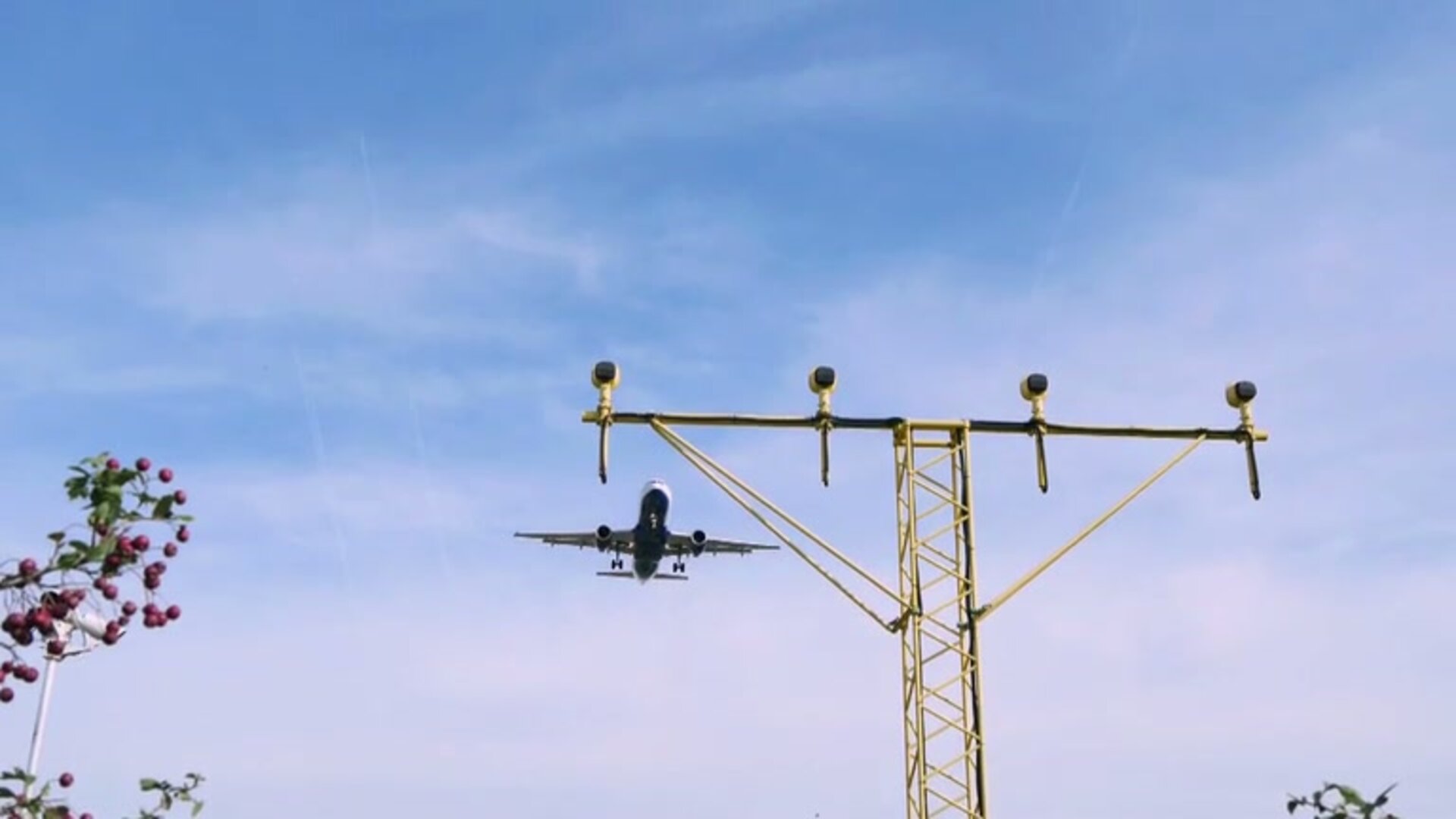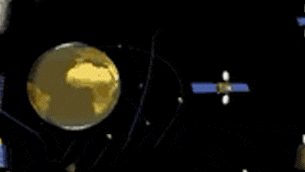Precision satnav in the far north
A sea-based test is demonstrating the potential of extending satnav augmentation coverage into north polar regions, offering a safety-of-life standard of navigation performance to users including shipping or aircraft in flight.
Norwegian research vessel Gunnerus, owned by the Norwegian University of Science and Technology, is equipped to pick up satnav signals from GPS and Glonass as well as augmentation signals specially generated for the test, modelled on Europe’s existing European Geostationary Navigation Overlay System (EGNOS).
Gunnerus is making use of the signals during five days of sailing off Trondheim. The demonstration is part of the Arctic Test Bed project, conducted within the European Global Navigations Satellite System Evolutions Programme (EGEP) of ESA.
The ESA-designed EGNOS improves the precision of US GPS signals over most European territory, while also providing continuous and reliable updates on their ‘integrity’.

A 40-strong network of ground monitoring stations perform an independent measurement of GPS signals, so that corrections can be calculated and then passed to users immediately via a trio of geostationary satellites. The result is a several-fold increase in precision.
“Simply due to Earth’s curvature, EGNOS signals are not visible above about 70º north, but they are needed to support polar routing,” explains Marco Porretta, overseeing the Arctic Test Bed project.
To investigate possible methods for improving Satellite-Based Augmentation System (SBAS) performance in this Arctic region, the test campaign will assess the benefits of augmentation for various types of satnav signals: single-frequency GPS; dual-frequency GPS; and dual-constellation dual-frequency, where GPS signals are combined with those of its Russian counterpart, thus increasing the number of observations.


Access the video
“The planned next-decade upgrade of EGNOS, along with other augmentation systems operated over other continents (such as the US equivalent Wide Area Augmentation System, WAAS), will perform multi-constellation augmentation as standard,” adds Marco.
“That means data from this test case should be especially valuable to support interoperability between future augmentation systems. ”
The Arctic Test Bed makes use of some EGNOS reference stations along the north of Europe, along with additional stations in locations including Greenland, Jan Mayen Island, Spitsbergen and Norway.

Marco explains: “These stations will allow specific monitoring of the ionosphere – the electrically active segment of Earth’s atmosphere – in the Arctic region. The ionosphere is significant because it is an important source of satnav signal delay, or in some cases can cause receivers to lose signal lock due to ionospheric ‘scintillations’.”
With geostationary satellites out of sight, navigation corrections for the Arctic Test Bed will be transmitted via terrestrial radio. In future, an operational version of the system could either stick with this solution or rely on other satellite-based means of dissemination from non-geostationary orbit.
The all-important generation of the augmentation correction message will take place at a processing centre in Hønefoss, Norway, using adapted EGNOS algorithms.
An operational version of the Arctic Test Bed could potentially extend augmentation coverage to as high as 85º north, as high as Greenland, extending to the edge of WAAS coverage.
The Arctic Test Bed project was initiated by ESA, with Kongsberg Seatex serving as prime contractor, GMV Aerospace and Defence, Thales Alenia Space France, Logica, Terma, the Norwegian Mapping Authority, Technical University of Denmark, Septentrio and the University of Calgary.














 Germany
Germany
 Austria
Austria
 Belgium
Belgium
 Denmark
Denmark
 Spain
Spain
 Estonia
Estonia
 Finland
Finland
 France
France
 Greece
Greece
 Hungary
Hungary
 Ireland
Ireland
 Italy
Italy
 Luxembourg
Luxembourg
 Norway
Norway
 The Netherlands
The Netherlands
 Poland
Poland
 Portugal
Portugal
 Czechia
Czechia
 Romania
Romania
 United Kingdom
United Kingdom
 Slovenia
Slovenia
 Sweden
Sweden
 Switzerland
Switzerland




























